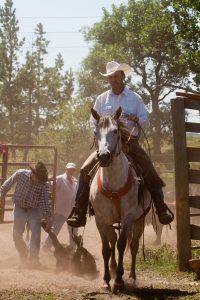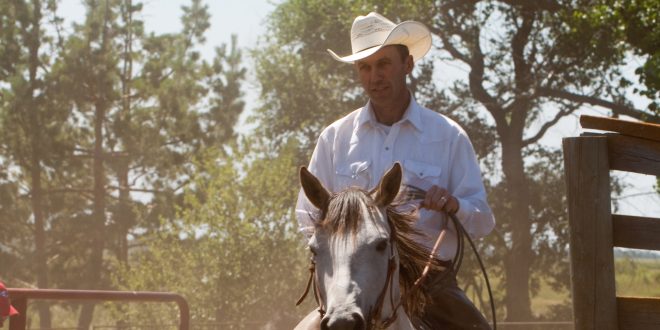
Ryan Taylor. Contributed photo
Ryan Taylor, State Director for USDA Rural Development in North Dakota, is optimistic about his home state’s future.
“I’m pretty positive about where rural can go,” Taylor said. “And that’ll probably depend on some of the actions we take today.”
Although the current situation of low oil and agricultural prices is having a negative impact in rural North Dakota, Taylor pointed to another, more positive trend: people leaving larger, more urban areas and returning to rural communities.
“We’ve always seen a certain number of people leave places for the big city,” Taylor said, “but we do get some of these folks back—and that’s a positive we can build on.”
This phenomenon of young people in their 20s, 30s or 40s returning to rural communities, dubbed the “brain gain” by University of Minnesota Extension researcher Ben Winchester, is indeed being experienced across the Dakotas, Minnesota and other Midwestern states. For Taylor, the question for rural communities then becomes, “What do we have here that they can come back to?”
Taylor believes those quality-of-life attributes such as safety, security, good schools, and a manageable pace of life are important to keep—or polish up, if needed. Even for Millennials, rural living may be attractive considering the trend of living closer to the land and the food it produces.
“Rural places have a lot to offer,” Taylor said.
He encouraged rural communities to think about these components of a successful future:
First, maintain the basics. This includes housing, healthcare, and childcare. “Childcare is very, very important. You can’t have a workforce without it,” Taylor noted.
Next, keep your identity. “Don’t bulldoze every historic building or old building just because it’s got some age. Keep culture and the arts and the things that make your community unique,” he added.
Finally, remember that “infrastructure” can include people.
“I see a real need to invest in people, in leaders,” Taylor said, pointing out that without people to implement ideas and carry out projects, dollars mean nothing. “If you don’t have local community champions, we (in rural development) can’t do anything.”
To Taylor, “investing in people” can mean preparing them with skills, often found through meetings, trainings and seminars. These opportunities for growth can also connect them with leaders in other communities. “This can be a support network, and it can also combat the fatigue,” Taylor says, warning against the burnout that can sometimes happen when volunteers invest so much of their personal time and energy.
Whether in terms of housing, technology, or people-power, Taylor said “the communities that are going to do well are going to be mindful of these infrastructure needs.”
 Dakotafire Get your spark here.
Dakotafire Get your spark here.



